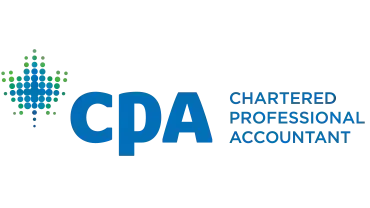Understanding The HST Quick Method and How It Could Mean Automatic Tax Savings
Something we look at all the time for our clients and for those coming on with us is the HST Quick Method and the potential for automatic tax savings. In this week's Weekly Tax Planning Tip video we explain exactly how it can work for your small business...
Transcript:
Hey, there's, so one thing I wanted to share with you guys, was something that we look at annually for our clients and actually for new clients coming in with us, it's surrounding HST and the quick method. So to just jump into it, HST is a sales tax that you have to collect and remit to the government. A quick example, there's two methods actually. So there's the long method and there's the quick method. The quick method is the one that we sometimes see being overlooked and it's available for anybody under about $450,000 of taxable sales. So with the long method, normally what happens is, let's just say you have a sales of $100,000 so you're over the $30,000 limit so you have to charge HST. So let's just say long method, 13% of 100,000 you're looking at, you owe the government $13,000 sales tax collected.
Let's just pretend that there's no expenses that have been recorded where you can take ITCs on them. Compare that with the quick method. So the quick method says, look, you have $100,000 that you've, uh, that you've made sales on, plus you've collected $13,000. So the government says, well, let's make it quick and simple. We want 8.8% of the total amount collected. So 8.8% of about $113,000 is about $9,900. So you can see automatically you're looking at $13,000 remitting to the government all the way down to $9,900. On top of that, so for the quick method, you're allowed to take capital ITC. So anything that you purchased that's capital in nature, you've got the ITC still reduced against what you go with the government. So we look at quick method all the time and there is an automatic tax savings.
Now, that tax savings, when you divide the difference between $13,000 and the $9,900 minus $300, you're looking about $9,600. You're looking at the math on that. You're saving roughly $3,400. Divide that by 13% and that lets you know that in order to make the long method work, you have to have ITCs of about $3,400. Equated to expenses is about $25,000. In most cases, we see a lot of people, the biggest expense for small companies is salaries and wages which has no HST in it. So you're automatically looking at a savings for most small companies where they have expenses without HST in them of $25,000. So look for this when you guys are calculating or speaking to your accountants in a way to save you guys money. So until next time, we'll see you.
JPM Services
Keep more of your hard earned money.
Information is one of the biggest keys to success when it comes to owning and operating a small business.



